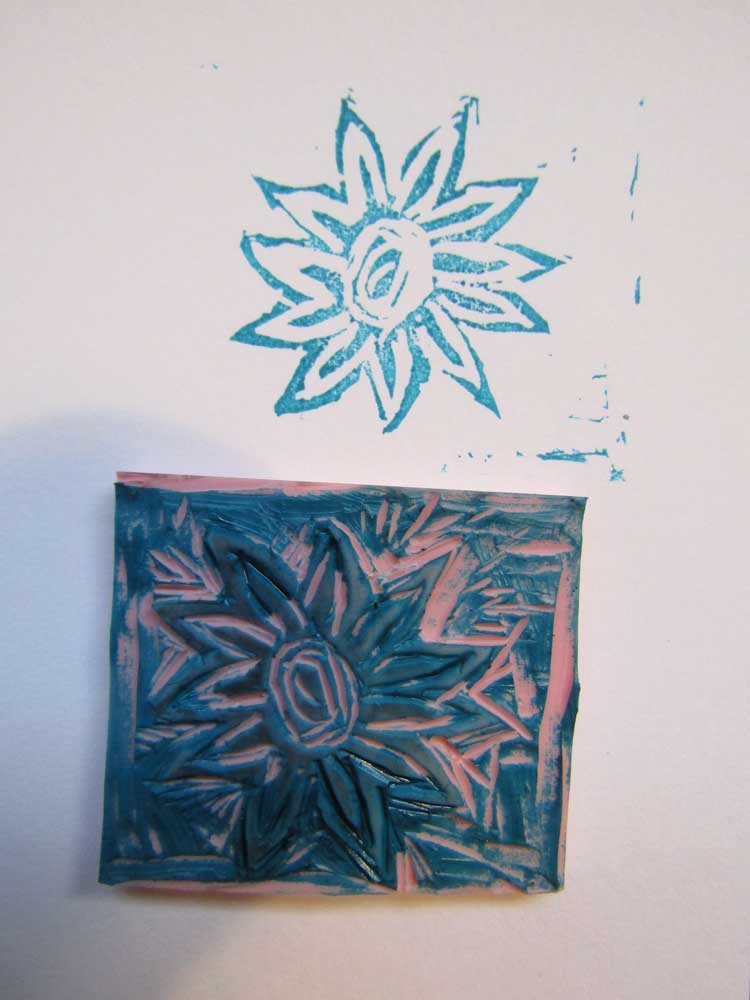A Different Kind of Treasure Hunt
Published 12:00 am Friday, March 16, 2018

- A Different Kind of Treasure Hunt
With spring upon us and warm summer days just around the corner, we could all use a good reason to get outside and enjoy the fresh air. What if there was an activity that you could do alone or with friends, that all ages could enjoy together and that would lead to new discoveries? Let me introduce you to letterboxing.
James Perrott was a National Park guide in England in 1854. He came up with the idea to hide a bottle by Cranmere Pool in Dartmoor Park containing his calling card. Inside the bottle, he left an invitation for anyone who found it to leave their card as well. Over time, visitors began leaving self-addressed postcards, hoping that a future visitor would fill it out and mail it back. Since letterbox is a British word for mailbox, the name stuck, even though that practice ended after a time.
Now the custom is to leave your mark with a hand-carved rubber stamp in a hidden log book, and stamp your own book with the one in the box.
A visit to www.letterboxing.org or www.atlasquest.com will reveal a list of all hidden letterboxes in your area. It’s free to register your own trail name, and having an account allows you to keep track of the boxes you find. I counted 124 boxes hidden in Deschutes and Crook Counties and 64 in Jefferson County, so there are plenty of local options to get you started.
Mary Wooster is a local letterbox enthusiast who starting hunting boxes with her 13-year-old daughter, Madeline, four years ago. They learned about the hobby through Madeline’s Girl Scout troop.
“I realized it would be a fun way to combine an art project like carving a stamp with getting outdoors and exploring,” said Wooster.
With family in Washington and California, they’ve hunted letterboxes all over the West Coast. Wooster said she thinks that the best ones have elaborate and beautifully carved stamps.
“There’s one in the Old Mill District with the three smokestacks — it’s just beautiful.”
Carving your own stamp doesn’t have to be intimidating. When Madeline was 5 she used a large eraser as the base of her stamp and carved a simple cat face. Whatever you choose to carve, it will become your signature in the logbooks you find, so give it some thought and try to think of an image with special meaning to you.
Even if a hunt is unsuccessful, you’ll still have fun exploring. Wooster shared how letterboxing led her family to discover new places that they wouldn’t have found otherwise. One location was unexpected: a cemetery in the small town of Weed, California.
“It was right off the road, with a great view of Mount Shasta. We didn’t even know it was there,” she said. “And now it’s one of my daughter’s favorite places to visit!”
Before you head out on your first treasure hunt, there are a few important things to know. Each box listed on the website includes a clue for you to follow. Some require the use of a compass, but many use creative clues like this one for a letterbox near Prineville: Up the steps, down the steps. Up the hill, past apple trees. To the east a native grove. One of the natives is really two. It guards the box.
After following clear driving directions to a location, you’ll use clues like that to locate the box itself. All letterboxes are on public land and can be found in parks and other scenic outdoor areas. A few are indoors at libraries, coffee shops, zoos or bookstores. With 90,000 letterboxes hidden across North America, you could include a few letterbox searches in your next vacation.
Each letterbox listed online will include log entries from others who have already found it. Wooster advised looking for boxes with recent ‘found’ dates recorded on the website, as those tend to be easier to locate. Make sure you have a good idea how far you’ll have to walk to find the box. Some are a short walk off a pathway, others require a longer hike through rugged areas.
There are a few basic rules to this game. First, you should be careful with your surroundings when hunting. If you lift a rock to look under it, put it back in the same spot. Don’t dig holes or pull up plants, and try not to leave a visible trail to the box. Stealth is key, so if there are other people in the area, wait until no one is watching before you uncover the box. Once you’ve found it, walk away from the hiding spot to open it and stamp the logbook with your custom stamp. Don’t forget to write your trail name and where you’re from next to your stamp.
Take a moment to appreciate the stamp inside the box, and stamp it into your logbook. Once you replace the lid, make sure to hide the box in the same spot, and ensure that no part of the box is visible.
Are you ready to set out on your own adventure? I know I am. All you need is a stamp, a pen or pencil, notebook and ink pad. Don’t forget to bring your clues, and maybe a compass and a bottle of water. Have fun exploring, and if you see a lady with five kids while hunting for a letterbox, give us a smile and I’ll wave back.






